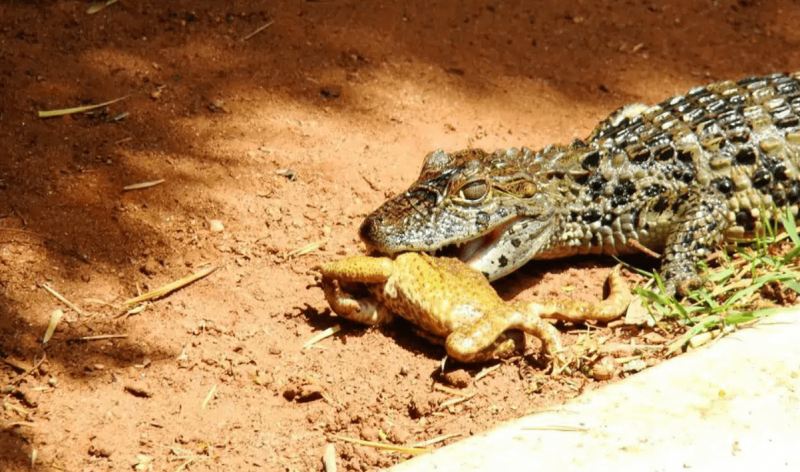Alligators
A huge reptile belonging to the family Alligatoridae and the genus Alligator of the Crocodilia order is an alligator. The American and Chinese alligators are the only two species still living. Several extinct alligator species are also known from fossilized remnants. About 37 million years ago, during the Oligocene period, alligators first emerged.
Depending on their size and age, alligators eat a variety of foods. Alligators feed on fish, frogs, insects, snails, crustaceans, and snail larvae while they are young. As they grow older, they catch bigger and bigger prey, including deer, larger fish like turtles, and a variety of mammals, including coypus and muskrat. Adult alligators hunt fish, turtles, and somewhat bigger types of animals. However, alligators, especially juvenile ones, may still like eating frogs if there are a lot of them around. These carnivores really consume nearly any meat that is accessible to them. Alligators kill and ingest their prey with their sharp teeth and powerful jaws.
The alligator can move quickly in brief spurts, notably during extremely brief lunges, despite its massive bulk and poor metabolism. Frogs are little creatures that may be eaten whole in one mouthful. Larger prey may be killed by being grabbed and dragged into the water to drown. Alligators devour non-bite-sized food by letting it rot or by biting and then doing a "death roll" in which they spin or convulse frantically until bite-sized pieces of food are ripped off. The tail must bend to a large angle in relation to the body in order for the alligator to begin a death roll. A paralyzed tail prevents an alligator from rolling over in a death roll.











